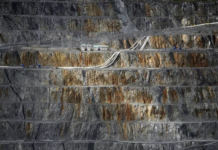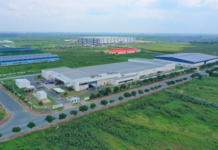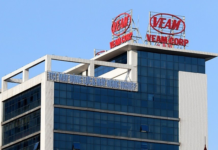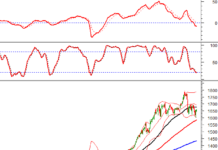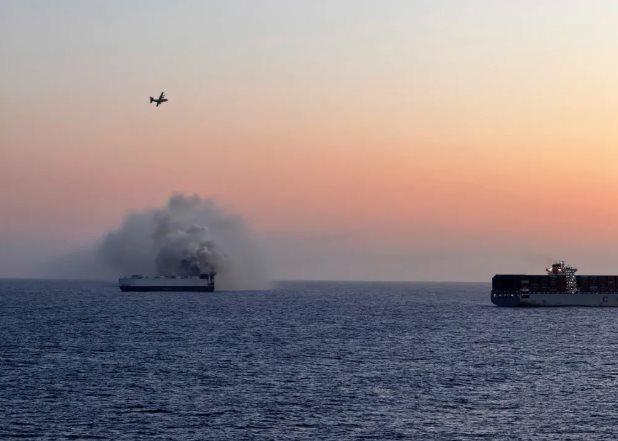
Illustrative image
A recent maritime incident has unveiled a trove of forgotten new cars beneath the ocean—potentially a hidden goldmine for the global logistics industry.
In June, the 182-meter car carrier Morning Midas, flagged in Liberia and managed by London-based Zodiac Maritime, caught fire in its cargo hold and sank approximately 640 km off the coast of Alaska. The vessel was transporting 3,048 new vehicles, including 70 fully electric and 681 hybrid cars, primarily manufactured in China and en route to Mexico.
The fire forced the crew to abandon ship amid severe weather conditions. Zodiac Maritime attributed the sinking to the combined effects of the fire and harsh weather, which destabilized the vessel.
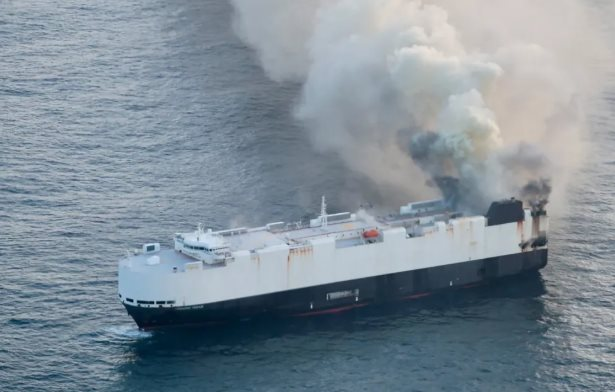
In addition to the vehicles, the ship carried 350 tons of MGO (marine gas oil) and 1,530 tons of VLSFO (very low sulfur fuel oil). Rescue teams deployed two tugboats and a pollution response vessel to monitor and prevent potential environmental contamination, though no pollution has been reported yet.
The incident draws parallels to the 2022 Felicity Ace disaster, where over 4,000 luxury vehicles (Audi, Porsche, Bentley, Lamborghini) sank in the Atlantic Ocean, valued at approximately $401 million. The Morning Midas case highlights two major trends in shipping: the rapid rise of electric vehicles and the increased risks associated with transporting high-value cargo by sea.
Maritime experts warn, “When a vessel carrying a large number of electric vehicles encounters an accident, the consequences extend beyond cargo loss to potential environmental damage, insurance claims, and supply chain disruptions.”
For investors, the incident raises a critical question: Can these untouched vehicles become underwater assets? And if so, is there an opportunity to exploit this ‘forgotten goldmine’? However, industry professionals caution that the costs of salvage, environmental remediation, and legal protection are prohibitively high, making recovery of sunken assets often unfeasible.
Five months later, the investigation into the fire’s cause continues, while the Morning Midas has become a symbol of emerging risks in global auto transport—where valuable cargo silently sinks into the ocean, becoming a submerged chapter in maritime history.
Source: The Sun
BRICS Nation Surprises with $870 Million Investment in Rare Earths, Challenging China’s Dominance
India is quietly funneling trillions of dong into rare earth elements, strategically carving out its own “golden mine” in this critical sector.
Vietnamese Private Conglomerate Surpasses $43 Billion in Assets
Billionaire Pham Nhat Vuong’s Vingroup boasts a staggering total asset value exceeding 1 quadrillion VND, reporting a remarkable 1.9x surge in profits compared to the same period last year.



